The global manufacturing landscape has undergone significant transformations in recent years, with energy consumption emerging as a critical concern for contract manufacturers. As the backbone of numerous industries, these factories face mounting pressure to balance productivity with sustainability. The complex interplay between operational efficiency, regulatory compliance, and environmental responsibility has created both challenges and opportunities for OEMs across different sectors.
Energy consumption patterns in contract manufacturing facilities vary dramatically depending on their specialization. Electronics assembly plants, for instance, require substantial electricity to power clean rooms and precision equipment, while textile mills consume vast amounts of thermal energy for dyeing and finishing processes. What remains consistent across all segments is the growing proportion of energy costs within total operational expenses—a figure that now routinely exceeds 15-20% for many facilities. This economic reality has forced factory managers to reconsider traditional approaches to energy management.
Advanced manufacturing hubs in Southeast Asia have become particular focal points for energy efficiency initiatives. Countries like Vietnam and Malaysia, where export-oriented factories dominate industrial zones, have seen energy demand grow at nearly triple the national average rate. The proliferation of air-conditioned production floors and 24/7 operations creates unique power load profiles that strain local grids. During peak seasons, some industrial parks report energy consumption levels comparable to small European cities, highlighting the scale of the challenge.
The relationship between energy use and production quality presents an often-overlooked dimension of this issue. Semiconductor foundries, for example, cannot compromise on climate control systems despite their energy intensity because nanometer-scale manufacturing requires pristine environmental conditions. This creates a paradox where the pursuit of higher precision and lower defect rates directly conflicts with energy reduction targets. Some tier-one suppliers have begun experimenting with machine learning algorithms that dynamically adjust HVAC settings based on real-time yield monitoring, achieving 8-12% energy savings without impacting product quality.
Material processing accounts for some of the most energy-intensive operations in contract manufacturing. Injection molding facilities, which serve everything from automotive to consumer goods sectors, require heating plastic resins to precise temperatures before forming them into components. Traditional hydraulic presses consume enormous amounts of electricity, prompting many factories to transition to all-electric models that offer 40-60% better energy efficiency. However, the capital expenditure required for such upgrades often creates financial barriers for smaller suppliers, perpetuating energy waste across supply chains.
Regulatory pressures continue to reshape energy management practices in manufacturing hubs worldwide. The European Union's Carbon Border Adjustment Mechanism (CBAM) has sent shockwaves through global supply chains, compelling many Asian suppliers to accelerate their decarbonization roadmaps. Factories that previously viewed energy efficiency as optional now face the prospect of losing lucrative contracts unless they can demonstrate verifiable improvements. This regulatory cascade has created a booming market for energy auditing services and ISO 50001 certification consultants throughout industrial regions.
Renewable energy adoption remains uneven across different manufacturing sectors. While some electronics manufacturers have made substantial investments in rooftop solar arrays and power purchase agreements for wind energy, heavy industries like metal fabrication struggle with the intermittent nature of green power sources. The limitations of current battery technology pose particular challenges for factories operating around the clock, as few can afford the productivity losses that might come with relying on inconsistent renewable supplies. This technological gap has led to creative hybrid solutions, such as solar-assisted steam generation systems that complement rather than replace traditional energy sources.
The human factor in energy efficiency initiatives often determines their success or failure. Shop floor workers, who intimately understand equipment nuances, frequently identify energy waste that eludes management's spreadsheets. Progressive factories have established employee suggestion programs that reward energy-saving ideas, yielding surprising results—from optimized compressed air systems to redesigned lighting schedules. However, cultural resistance to change and the pressure to meet daily production targets can undermine even well-designed conservation programs, highlighting the need for holistic approaches that align worker incentives with sustainability goals.
Supply chain complexity adds another layer of difficulty to energy reduction efforts. A single contract manufacturer might source components from dozens of suppliers across multiple countries, each with different energy profiles. The growing practice of requiring suppliers to disclose energy consumption data creates administrative burdens but also enables more accurate calculation of total product carbon footprints. Some multinational corporations have begun providing technical assistance and financing to help strategic suppliers improve their energy efficiency, recognizing that weak links in the supply chain can jeopardize overall sustainability commitments.
Emerging technologies promise to revolutionize energy management in contract manufacturing. Industrial Internet of Things (IIoT) platforms now allow real-time monitoring of every major energy-consuming asset within a facility, generating data streams that enable predictive maintenance and load optimization. Advanced power electronics are reducing conversion losses in motor-driven systems, while novel heat recovery systems capture and reuse thermal energy that previously went to waste. Perhaps most promising are digital twin simulations that allow engineers to test energy-saving modifications in virtual environments before implementing them physically, dramatically reducing trial-and-error waste.
The financial case for energy efficiency continues to strengthen as technology costs decline and energy prices fluctuate. Where payback periods of five years once deterred investment, many retrofits now demonstrate returns within 18-24 months—especially when factoring in government incentives and avoided carbon penalties. Forward-thinking manufacturers are beginning to treat energy productivity with the same rigor as labor productivity, establishing dedicated energy teams and incorporating consumption metrics into executive dashboards. This shift reflects the growing recognition that energy management isn't merely about cost control but represents a fundamental competitive differentiator in an increasingly sustainability-conscious marketplace.
Looking ahead, the contract manufacturing sector appears poised for an energy transformation that will reshape industry economics and environmental impact. The convergence of regulatory pressures, technological innovations, and changing buyer preferences creates both urgency and opportunity. Factories that successfully navigate this transition will likely emerge as leaders in their respective sectors, while those that delay risk becoming obsolete. What began as a simple cost-cutting exercise has evolved into a comprehensive reimagining of how manufacturing value gets created—with energy efficiency at its core.

By Grace Cox/Apr 27, 2025

By Noah Bell/Apr 27, 2025

By James Moore/Apr 27, 2025

By James Moore/Apr 27, 2025

By Thomas Roberts/Apr 27, 2025

By Grace Cox/Apr 27, 2025

By Joshua Howard/Apr 27, 2025

By George Bailey/Apr 27, 2025

By Olivia Reed/Apr 27, 2025

By Sarah Davis/Apr 27, 2025

By Olivia Reed/Apr 27, 2025

By Elizabeth Taylor/Apr 27, 2025
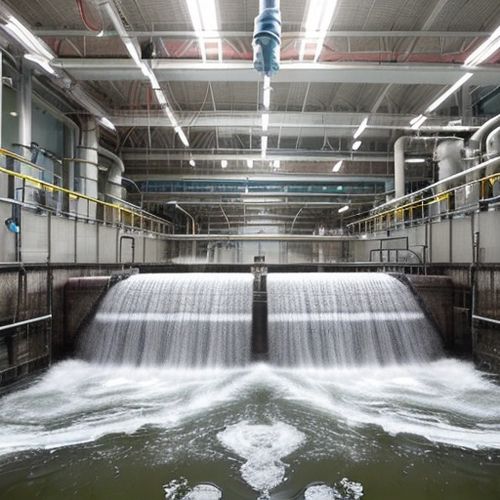
By Joshua Howard/Apr 27, 2025

By Victoria Gonzalez/Apr 27, 2025
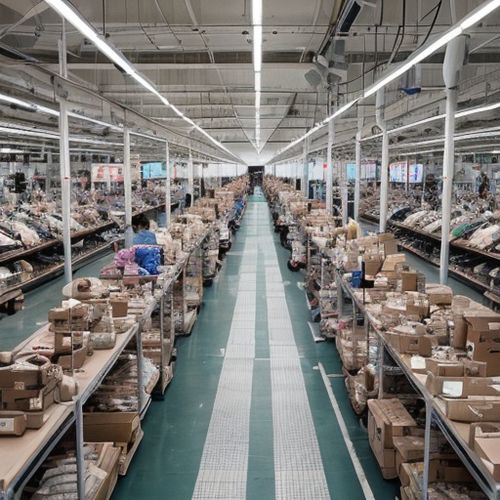
By Michael Brown/Apr 27, 2025

By Olivia Reed/Apr 27, 2025
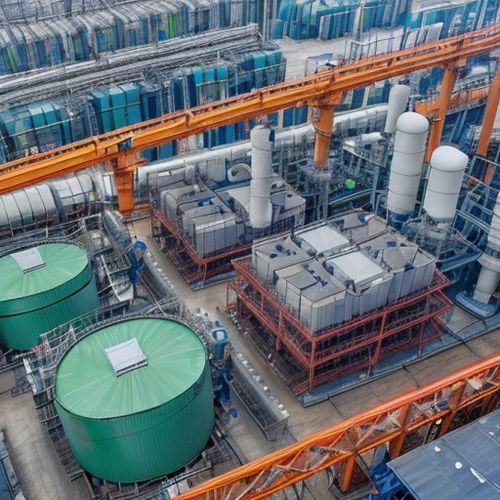
By Grace Cox/Apr 27, 2025
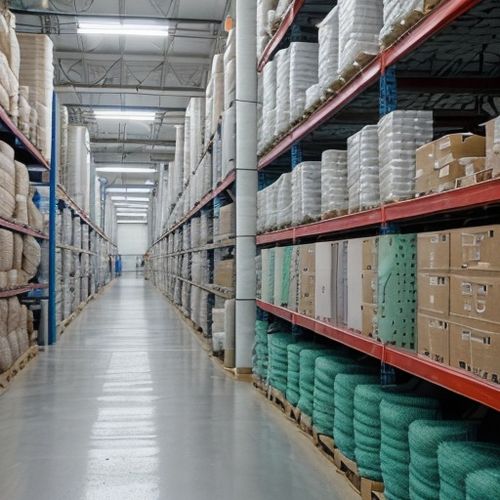
By Amanda Phillips/Apr 27, 2025

By Lily Simpson/Apr 27, 2025
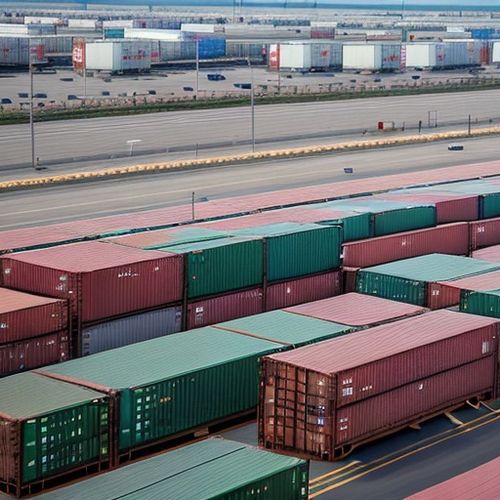
By Elizabeth Taylor/Apr 27, 2025